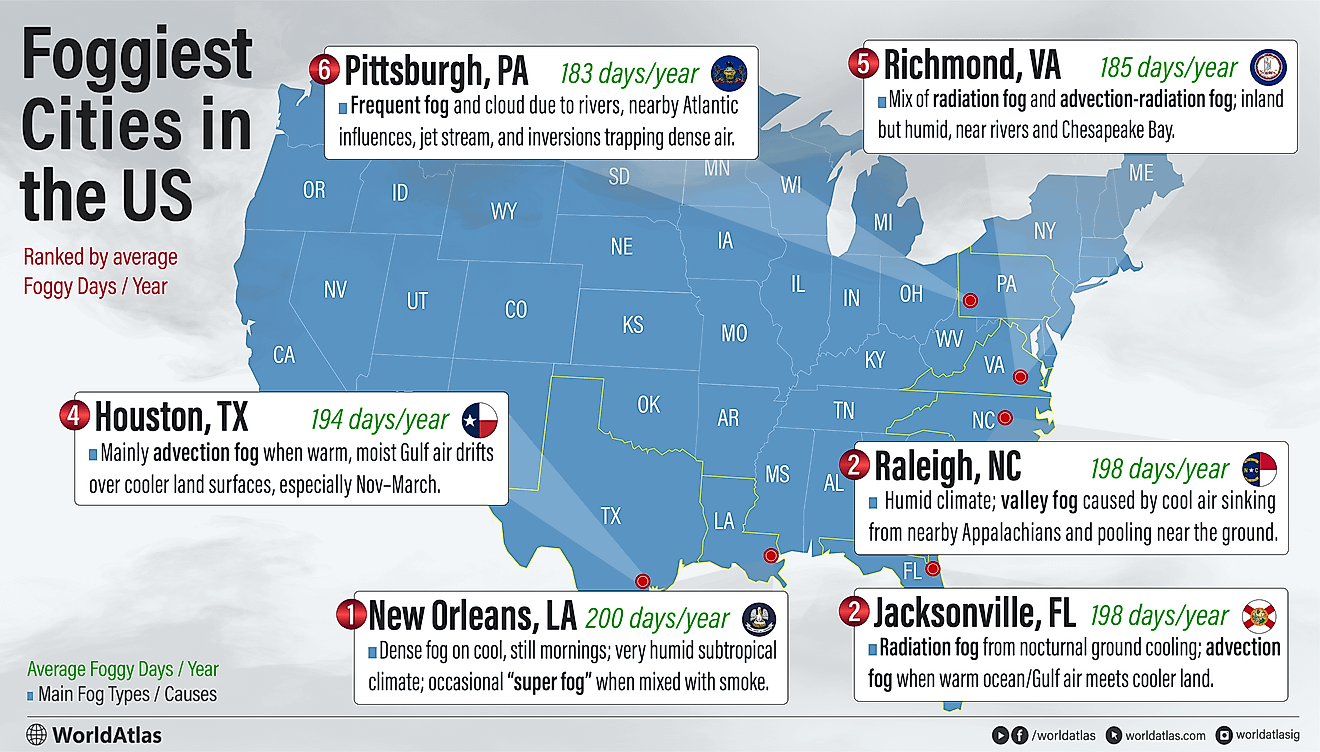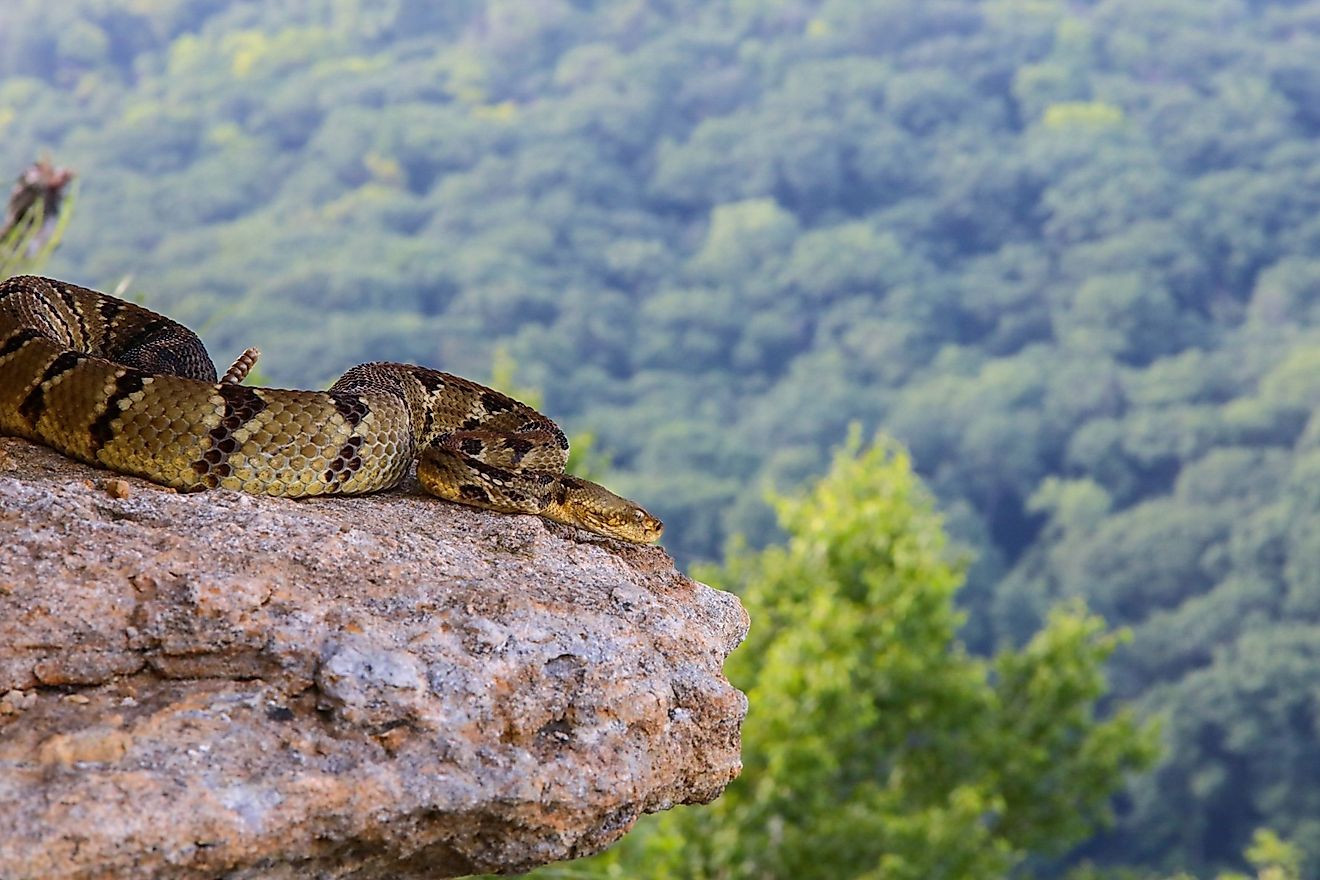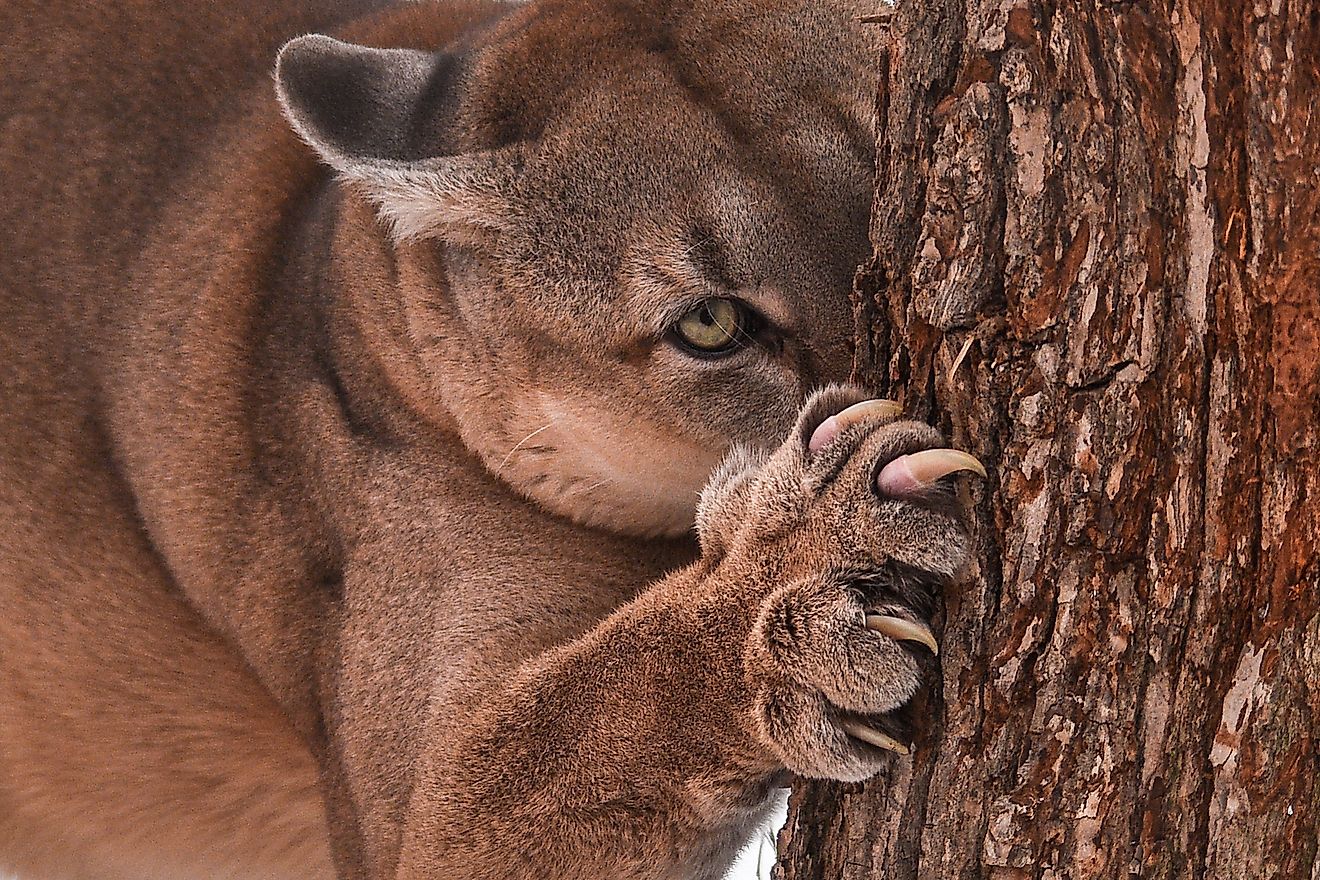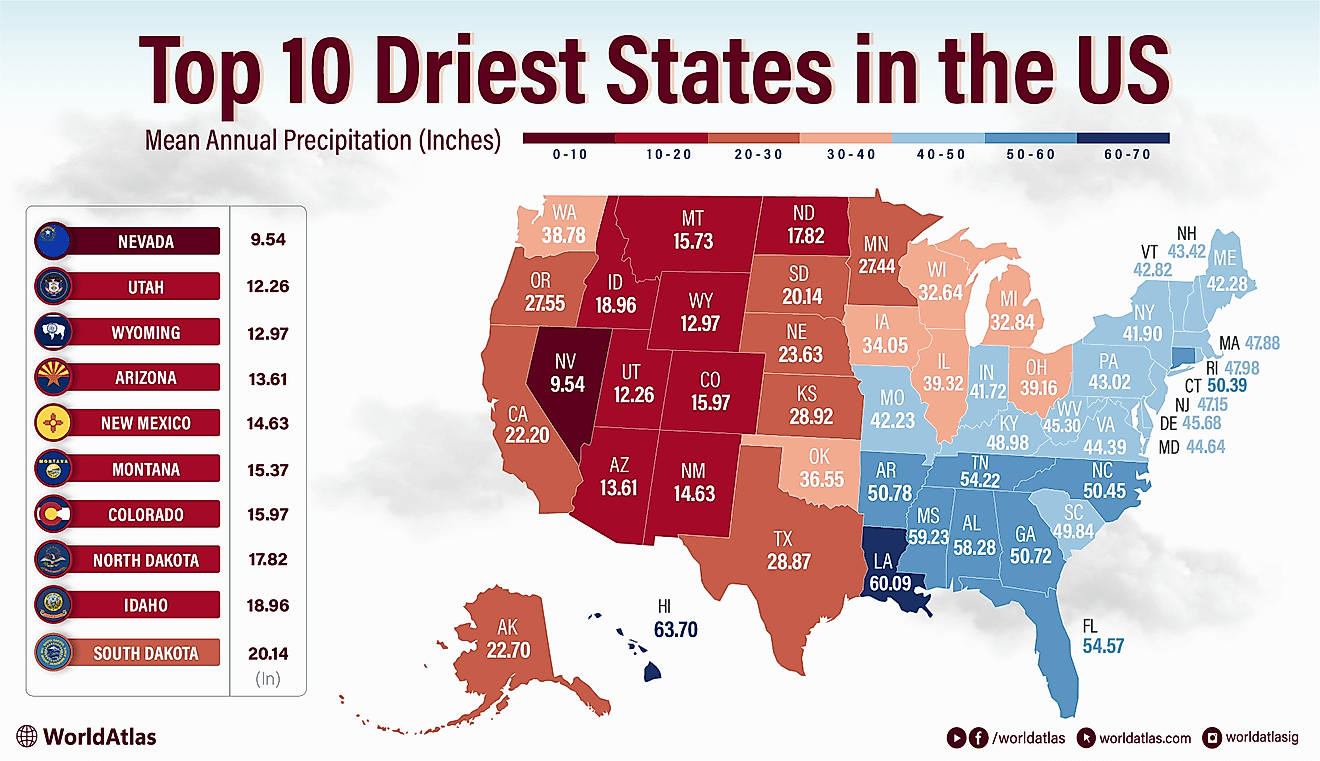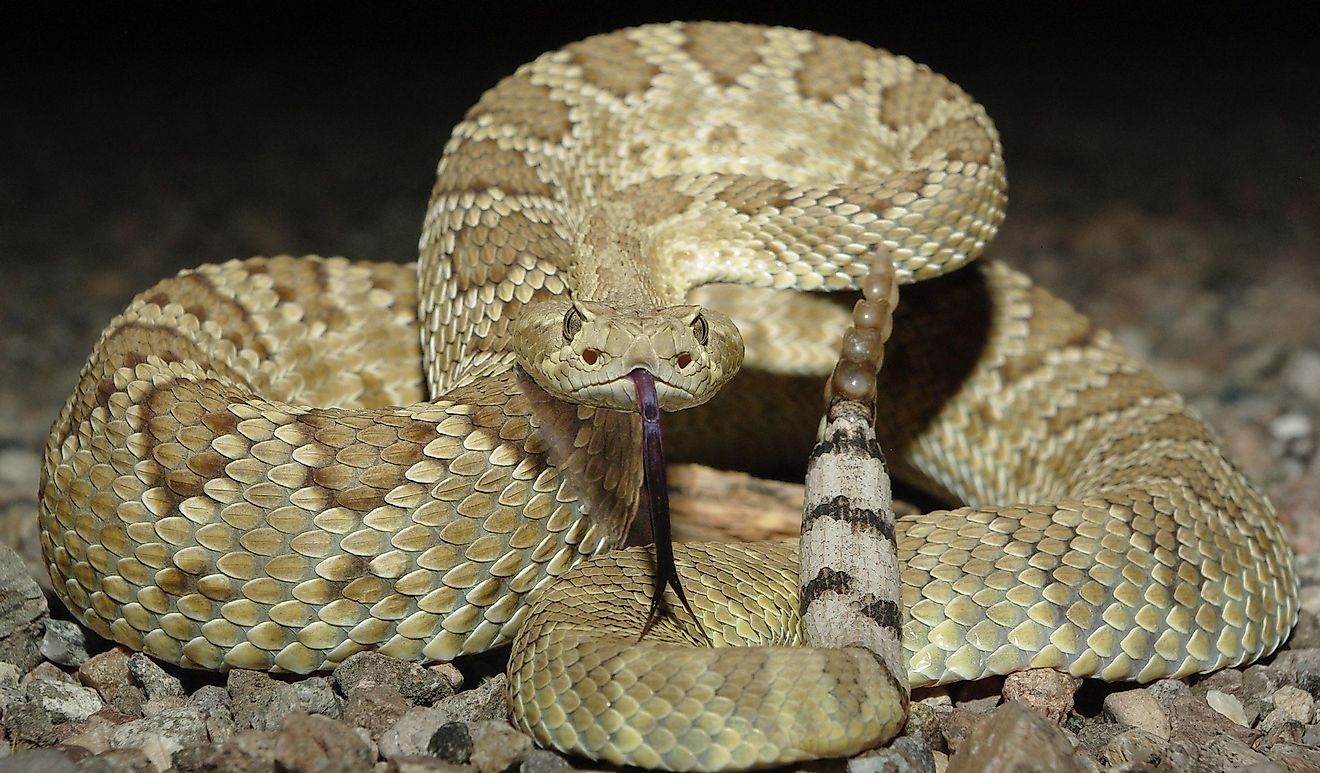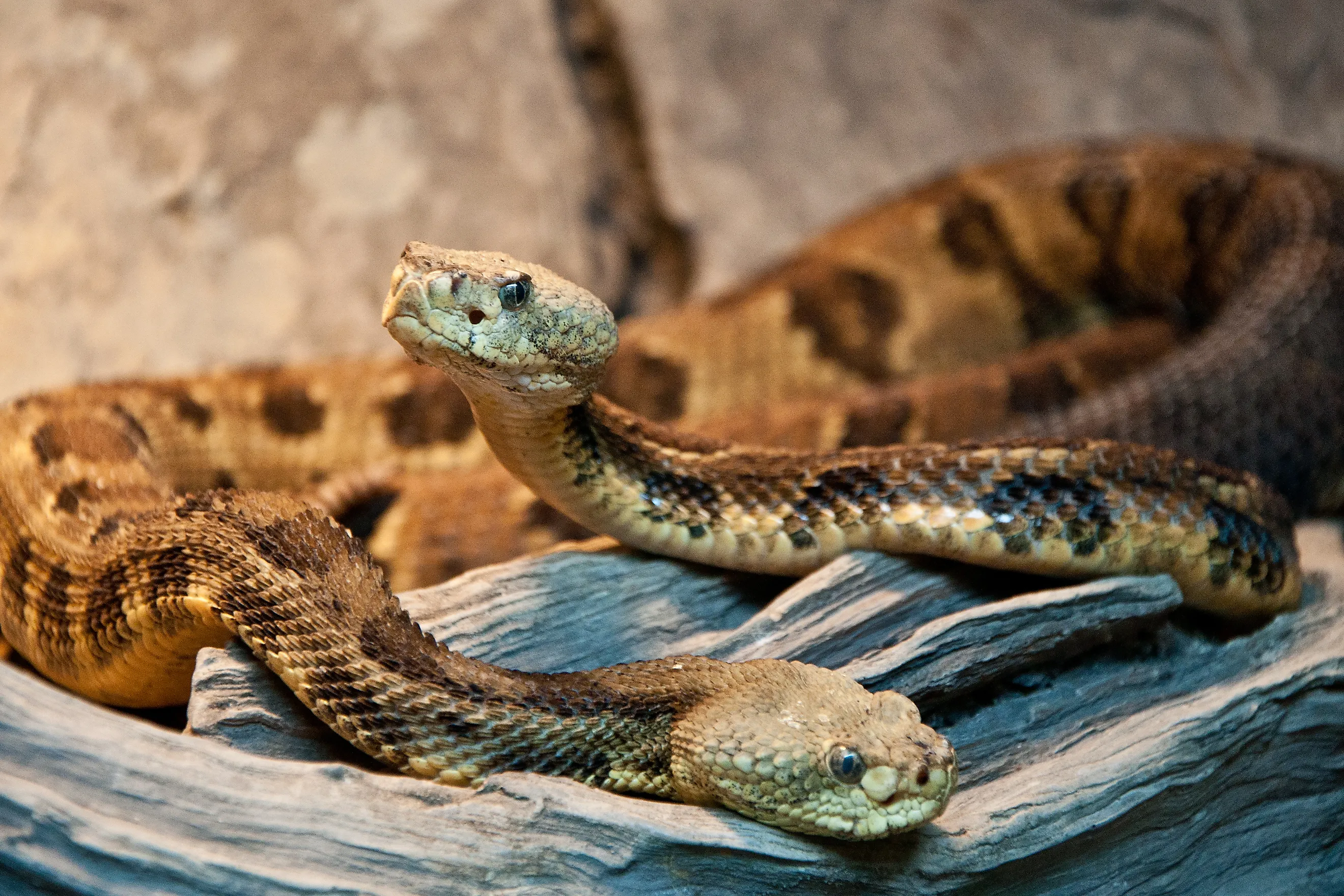
The Most Dangerous Snakes Found in Arkansas
Arkansas is home to remarkable biodiversity, with 39 native snake species inhabiting its forests, wetlands, and rocky outcrops. Of these, only six species are venomous, representing just 13 percent of the state's snake population. While deaths from venomous snakebites remain statistically rare—with only around five fatalities occurring annually across the entire United States—understanding which species pose potential risks is essential for anyone exploring the Natural State's outdoors. Below are five snakes to avoid.
Timber Rattlesnake
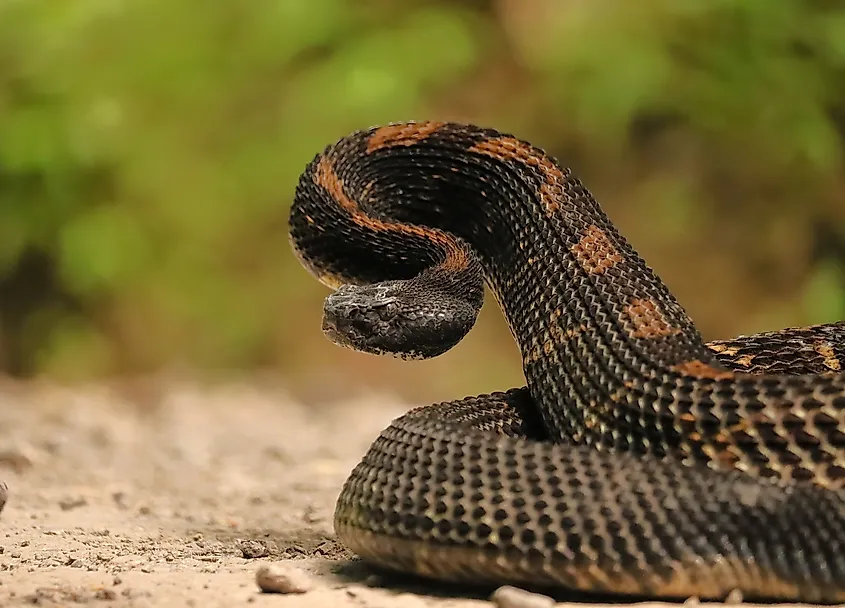
The Timber Rattlesnake, also known as the canebrake rattlesnake, is Arkansas's most dangerous venomous snake and can be found throughout the entire state. Adults typically measure 36 to 60 inches in length, though specimens up to 74 inches have been documented. These substantial pit vipers display gray, yellow, or yellowish-brown base colors adorned with 15 to 34 dark V-shaped or chevron-patterned bands running down their bodies. Many individuals feature a distinctive rusty or reddish stripe running along the center of their backs, though coloration varies significantly across the state—some specimens in Arkansas appear almost completely black.
This species possesses extremely potent venom that varies regionally within Arkansas. Northern populations produce primarily hemorrhagic venom that destroys blood cells and tissues, while southwestern Arkansas populations near the Louisiana border produce venom containing neurotoxic components called canebrake toxin. This Type A+B venom intergrade found in southwestern Arkansas makes timber rattlesnakes in that region particularly dangerous. These snakes prefer forested areas, rocky hillsides with southern or western exposures, and can occasionally be found in agricultural areas and floodplains. They're ambush predators feeding primarily on small mammals including rodents, rabbits, squirrels, and chipmunks, though they sometimes climb trees to hunt birds.
Western Diamondback Rattlesnake
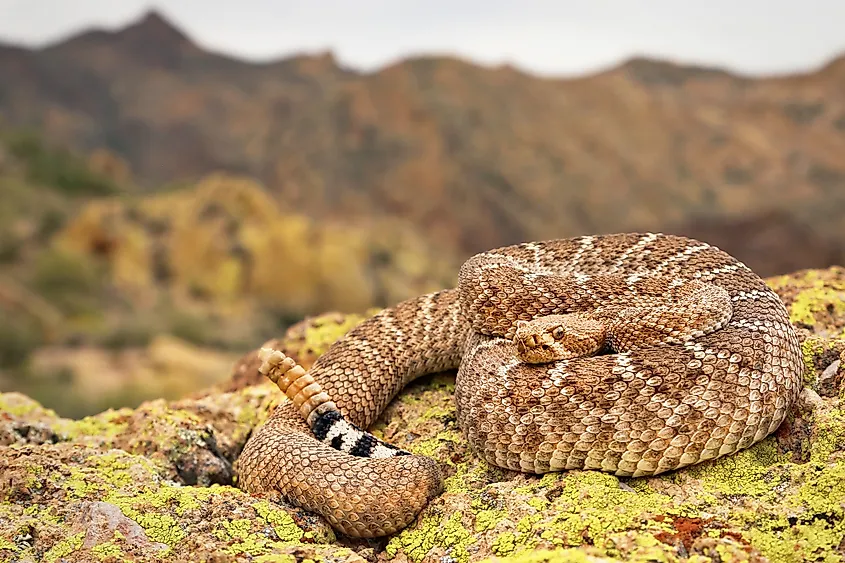
The Western Diamondback Rattlesnake exists in Arkansas as small, isolated populations and represents the state's least common venomous snake species. This impressive rattlesnake is also Arkansas's largest venomous snake, with adults ranging from 48 to 84 inches in length, though the largest Arkansas specimen measured 68 inches from Conway County. The species is readily identified by its distinctive diamond-shaped blotches running down the back, each bordered by lighter scales. Body coloration ranges from light brown to gray or grayish-brown. The tail displays prominent black and white bands just before the rattle, earning it the nickname "coon-tail rattler."
In Arkansas, Western Diamondbacks inhabit scattered locations primarily in west-central regions, including the southwestern Ozarks and uplands of the Ouachita Mountains. Documented county records include Conway, Garland, Hot Spring, Johnson, Logan, Miller, Montgomery, Perry, Pike, Polk, Pulaski, Saline, Sebastian, Washington, White, and Yell counties. These snakes prefer dry, rocky habitats characterized by exposed rocky escarpments, rocky glades, and talus slides. Human encounters remain extremely rare due to limited population size and remote habitat preferences. The Western Diamondback's venom is highly dangerous, causing extreme pain, swelling, tissue damage, and potential systemic effects requiring immediate medical attention with antivenom treatment.
Western Pygmy Rattlesnake
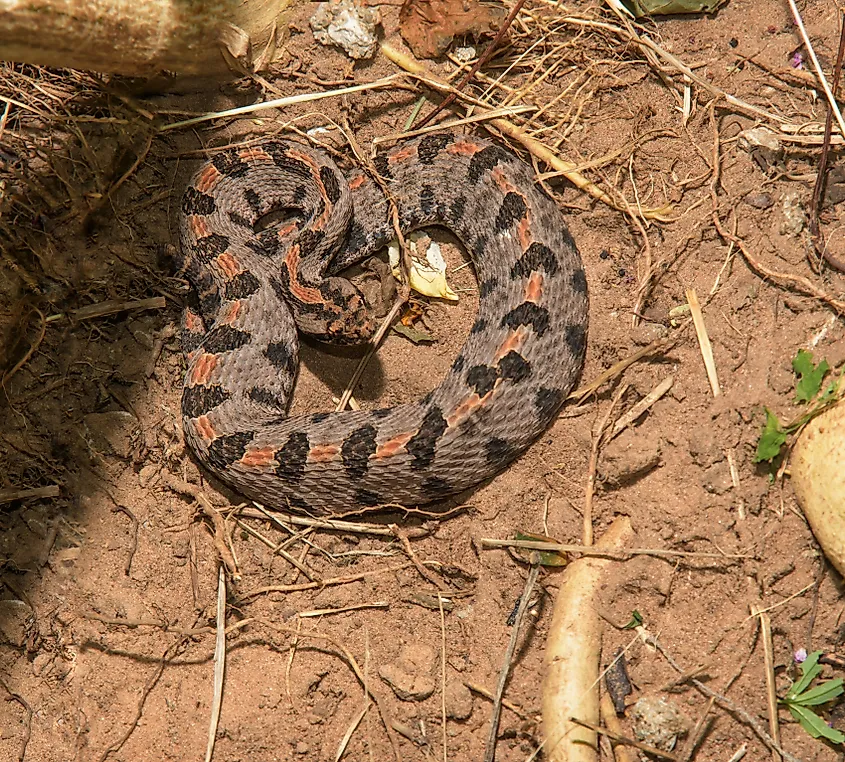
The Western Pygmy Rattlesnake stands as Arkansas's smallest venomous snake, typically measuring just 15 to 20 inches in length with a maximum of approximately 25 inches. Despite its diminutive size, this species delivers cytotoxic venom capable of causing significant tissue damage, often requiring hospitalization and antivenom treatment. These small rattlesnakes display pale gray or light brown coloration with 23 to 35 dark, irregular blotches along their backs. A distinctive rust-colored or bronze-orange stripe often runs down the spine, though some individuals lack this feature.
The most identifying characteristic is the remarkably tiny rattle that produces a faint buzzing sound easily mistaken for grasshoppers or cicadas—audible only from about three feet away. The triangular head features a dark stripe extending from each eye to the mouth corner, and like all pit vipers, heat-sensing pits are located between the nostrils and eyes. Western Pygmy Rattlesnakes occur throughout much of Arkansas, including the Ozark Highlands, northern Boston Mountains, Ouachita Mountains, and South Central Plains, most commonly in southern and eastern regions. They inhabit cedar thickets, mixed forests, rocky areas, and marshes, preferring habitats with ample ground cover near water sources. These shy, non-aggressive ambush predators feed on small rodents, lizards, frogs, and insects, remaining most active during warmer months from late spring through early fall.
Copperhead
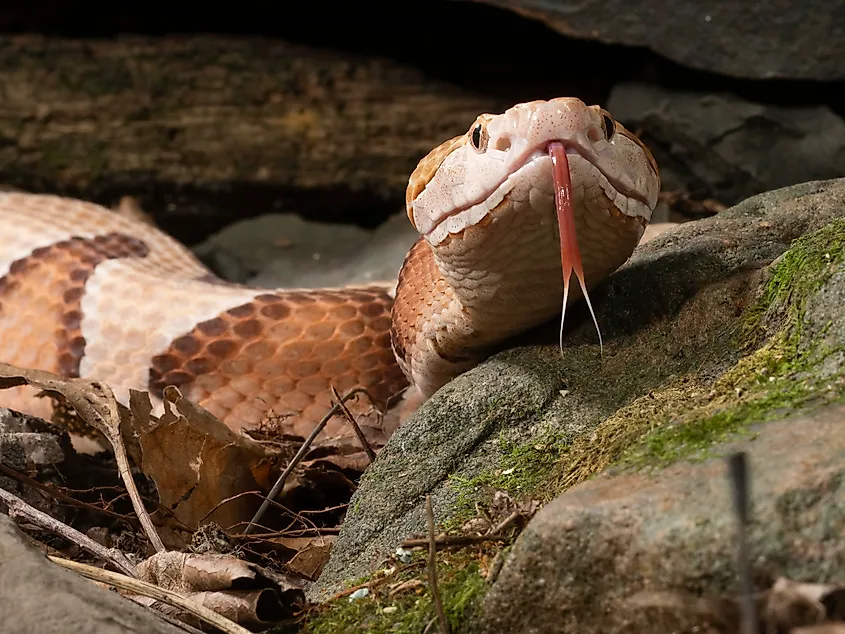
The Southern Copperhead represents Arkansas's most commonly encountered venomous snake, occurring in virtually every county statewide. Adults typically measure 24 to 36 inches in length, with maximum lengths reaching approximately 40 inches. This medium-sized pit viper earns its name from the distinctive coppery-bronze or reddish head coloration. The body displays remarkable camouflage with gray, tan, or light brown backgrounds adorned with 7 to 20 dark brown hourglass-shaped crossbands that are wider on the sides than across the back. Wildlife educators often describe the side pattern as resembling Hershey's Kisses. The cream-colored belly features dark gray, brown, or black blotches.
Juvenile copperheads closely resemble adults but possess distinctive bright yellow or greenish-yellow tail tips used in caudal luring to attract prey—this coloration fades within the first year. These adaptable snakes thrive in mixed forests, bottomland hardwoods, rocky fields, and hillsides throughout Arkansas. Research shows 86 percent of adult females are reproductively active, giving birth to live young with average litters of five to six offspring born between August and September. Adult copperheads function as ambush predators with diets including small mammals (particularly voles), lizards, insects, and arthropods. Studies using radio telemetry demonstrate copperheads actively avoid humans, remaining motionless and relying on camouflage as their primary defense. Despite being venomous with hemotoxic venom that attacks red blood cells and tissue, copperheads are generally docile and reluctant to bite unless threatened or accidentally stepped upon, with fatalities extraordinarily rare given proper medical treatment.
Cottonmouth
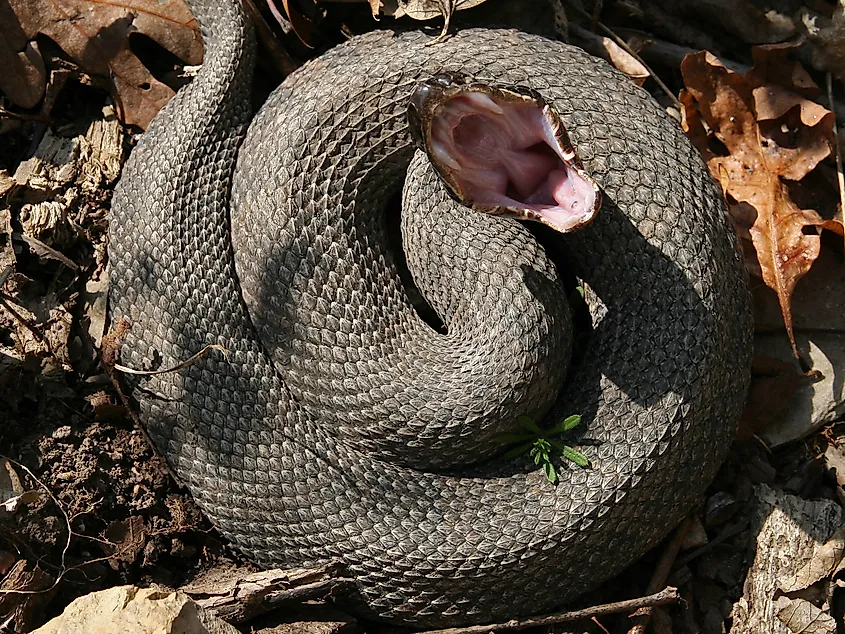
The Western Cottonmouth, commonly called the water moccasin, stands as Arkansas's only semi-aquatic venomous snake. This heavily bodied pit viper typically measures 36 to 60 inches in length, with maximum recorded lengths approaching 74 inches. The species derives its name from its distinctive threat display: when cornered, cottonmouths refuse to retreat, instead positioning themselves in a defensive coil while opening their jaws dramatically to expose the startling white interior lining. Adult cottonmouths display dark olive-brown to black coloration, often appearing nearly solid black from a distance. While they possess 10 to 15 dark crossbands, these markings are frequently indistinct except when wet. The head features a white upper lip and a black stripe extending from the snout onto the neck.
Cottonmouths occur throughout most of Arkansas except upland Ozark streams in certain northern counties and parts of southwestern Arkansas. They inhabit rivers, streams, swamps, lakes, marshes, ponds, and drainage ditches, and are the only venomous snake in Arkansas regularly found in water. Unlike non-venomous water snakes, cottonmouths swim with much of their body floating on the surface. However, they're not strictly aquatic and can be found more than a mile from water. Field studies reveal that approximately half of cottonmouths attempt to escape human encounters, while others resort to defensive displays; only about 36 percent bite when picked up mechanically. Cottonmouths possess notably more aggressive temperaments than copperheads when cornered, equipped with large fangs and potent hemotoxic venom with destructive capabilities requiring immediate medical attention.
Snake Bite Prevention and Safety
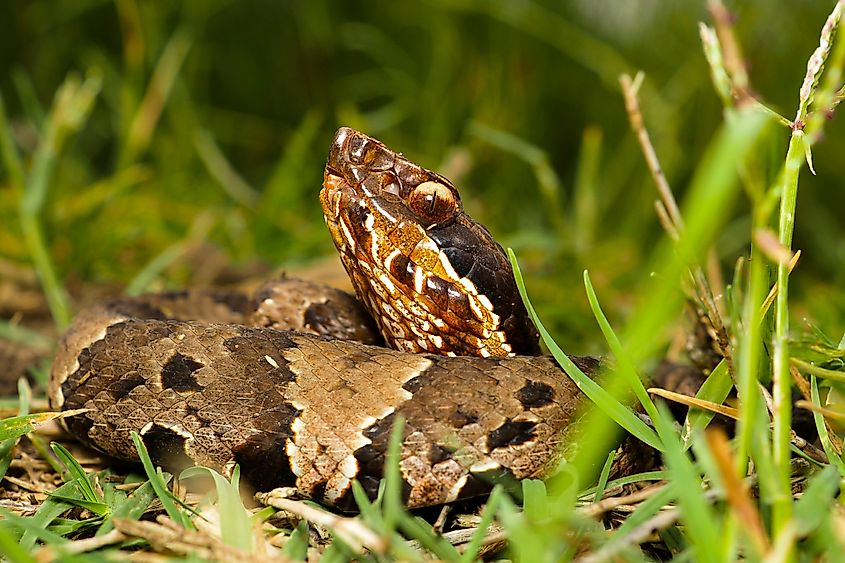
Most venomous snakes avoid confrontation, with the majority of bites occurring when people try to capture, kill, or interfere with snakes. When hiking, wear sturdy boots and long pants, walk on visible paths, and use walking sticks to probe ahead. Never step over logs without seeing the other side—step on them first. Never place your hands where you cannot see clearly. During warm weather (April through October), remain especially vigilant as snakes become more active, with copperheads and cottonmouths particularly active during late evening and nighttime in summer.
Near water bodies, remember cottonmouths are Arkansas's only venomous water snake, identifiable by their white mouth interior and swimming behavior with their bodies on the water's surface. Watch for snakes in overhanging vegetation when kayaking. If you encounter a venomous snake, stop, back away slowly, and give it space to retreat. Never attempt to kill or capture venomous snakes—it's illegal in Arkansas unless they pose immediate threats to people, pets, or property. Even dead snakes can inflict venomous bites through reflex action for hours.

